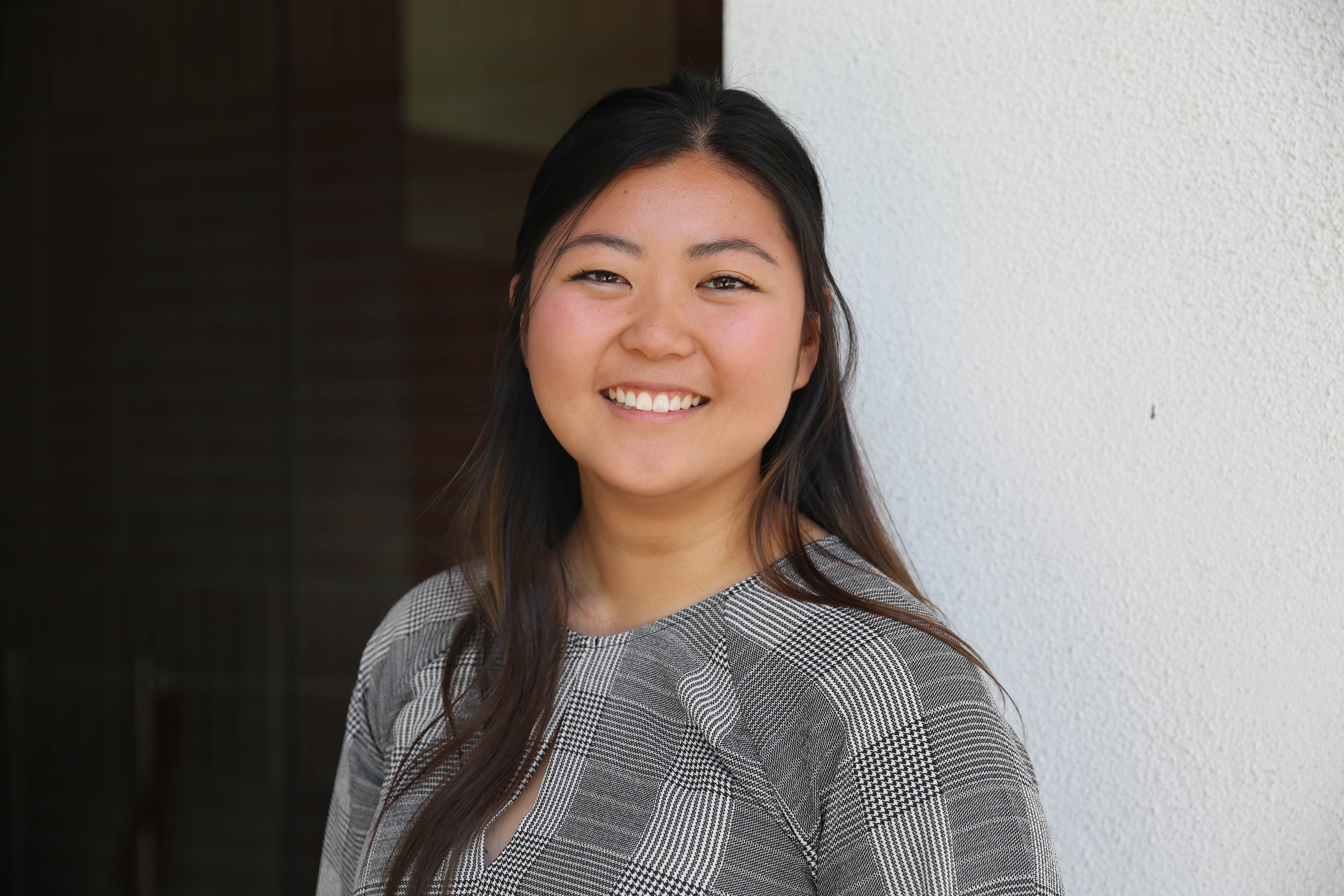
Headed by elected student leaders, The Scripps Associated Students (SAS) is the body responsible for student advocacy on campus. SAS is the student voice, working with faculty and administration to serve as a resource for programming, an advocate for institutional change, and to help resolve student issues.
An economics major from Walnut, California, 2018–2019 SAS president Irene Yi ’19 has been active in SAS since her first year at Scripps. Having also previously worked with the Office of Admissions and the Office of Career Planning and Resources, she has a breadth of institutional knowledge as well as insight into the student experience. Below, she shares some thoughts about Scripps, her plans for SAS, and her recently acquired bartending skills.
On her role as SAS president:
Being SAS president is really about being an advocate for other students and student leaders during their time here at Scripps. It’s sometimes difficult to navigate administrative spaces if you haven’t had to before, so having a support system that can help students push for the changes they want to see and create those spaces for important conversations with our faculty and administration is very important.
I’m hoping we can continue to have students see SAS as a resource to help organize inclusive programming around campus, and to use SAS to push facilitate their own initiatives and projects. And, we’re always looking for more student involvement and engagement within SAS!
On her goals for the year:
Some specific goals for this upcoming year include developing a departmental academic mentor program and making strides towards creating more transparency for students surrounding our alcohol policy and mental health resources and conversations happening around campus.
I think there’s real opportunity for Scripps students to build a community around academics. Having more seasoned students serve as mentors for newer students in the classroom, sharing their own experiences, and helping navigate coursework creates an opportunity to build connections and have a support network in their academic space. I’ve seen how successful programs like these have been at other schools, and I’m excited for Scripps to implement something similar very soon.
Scripps has had a lot of conversations about the health and safety of our students, but I want to see more transparency in how that information is relayed to the student body as a whole. The big picture goal is to engage more students in what work is being done and to evaluate its impact on our students and on our campus.
On the unique quality of Scripps:
I think what sets Scripps apart and what sets Scripps students apart is the community that we’ve built here. As a part of student government, the opportunity to engage with my peers and advocate for students and what they care about is the most rewarding part of this role. You can really sense the community here and that students genuinely care about this school and one another and want to leave it a better place.
On leadership:
People imagine student government and think that it’s one of the only ways to be a leader on campus, but that couldn’t farther from the truth. We have so many student leaders at Scripps involved with every aspect of student and campus life, and I don’t think that they receive enough recognition. The way SAS comes into play is that I want to make sure that our students have the resources and platform to continue to develop and be the leaders that they are on campus.
On a side note, I think for people to be able to see leaders that look like them and that they can see themselves in is very powerful. That’s something that I’ve taken with me since my first year, and it has really been a driving factors that has pushed me and made me believe that I can be a leader in this space alongside my peers these past three years at Scripps.
On her side gig (or as she calls it, her “side-hustle”):
I earned my bartending certification this summer! I completed bartending training while I was working in San Francisco, and I also had the opportunity to work behind the bar in the evenings after I got off work for the day. It was very fun working behind the bar and engaging our customers—and I finally know how to pour a beer properly.

